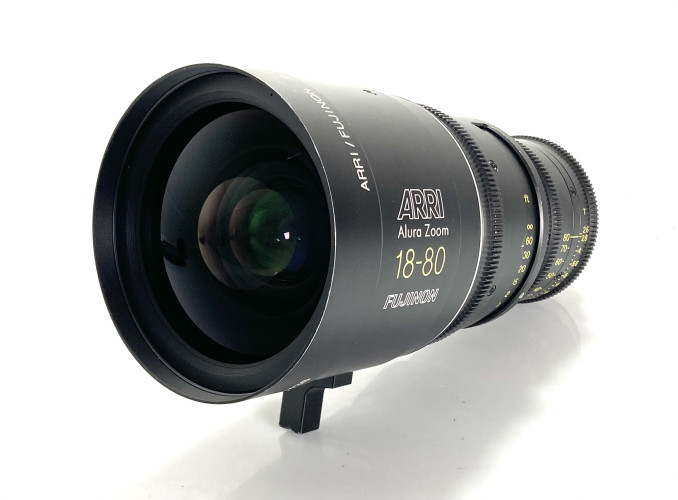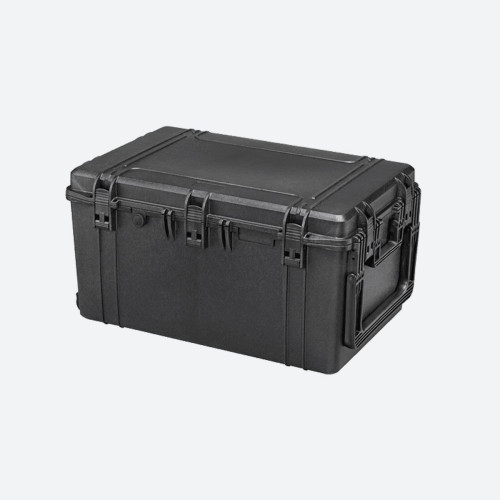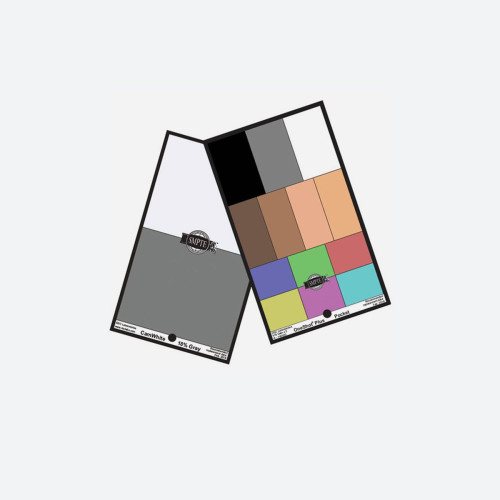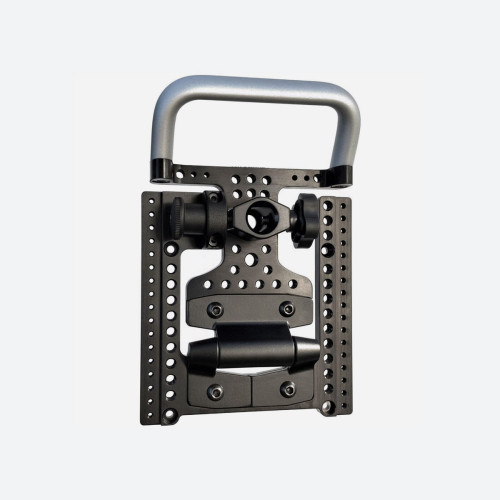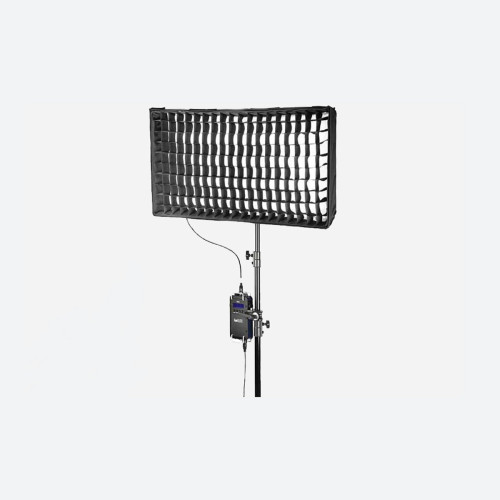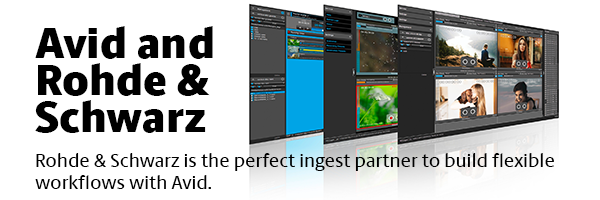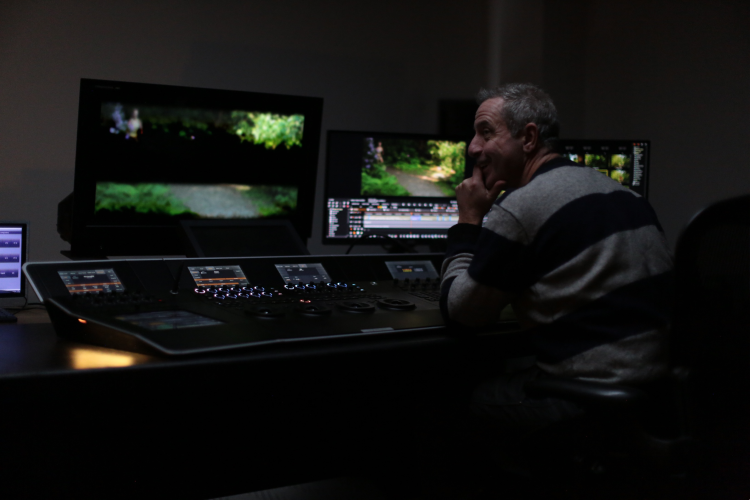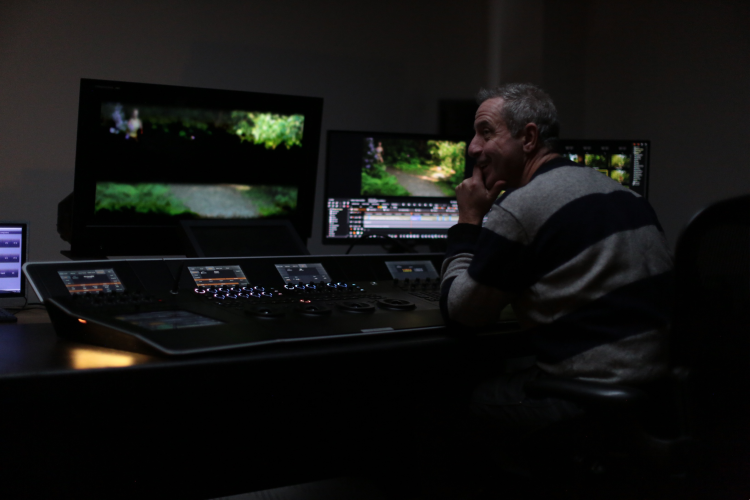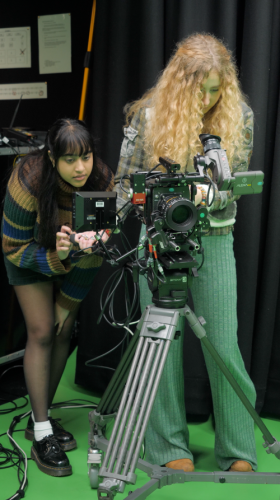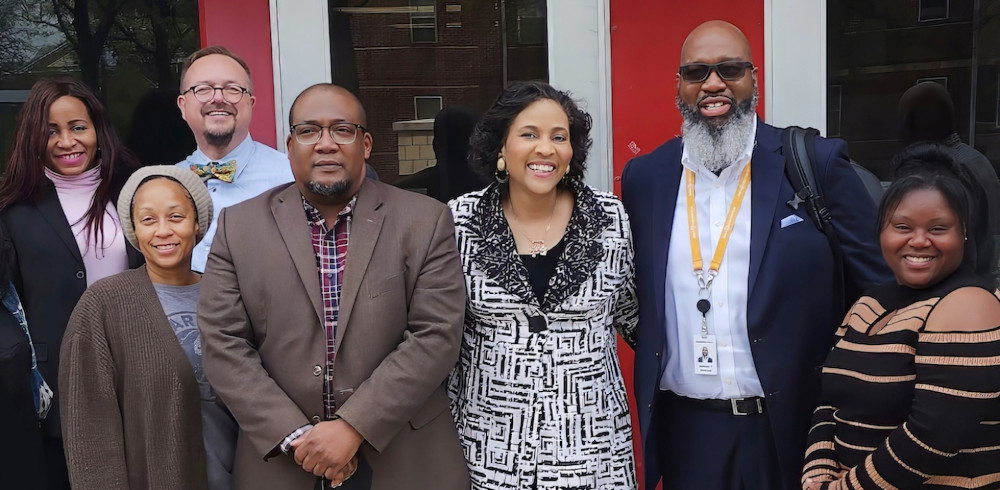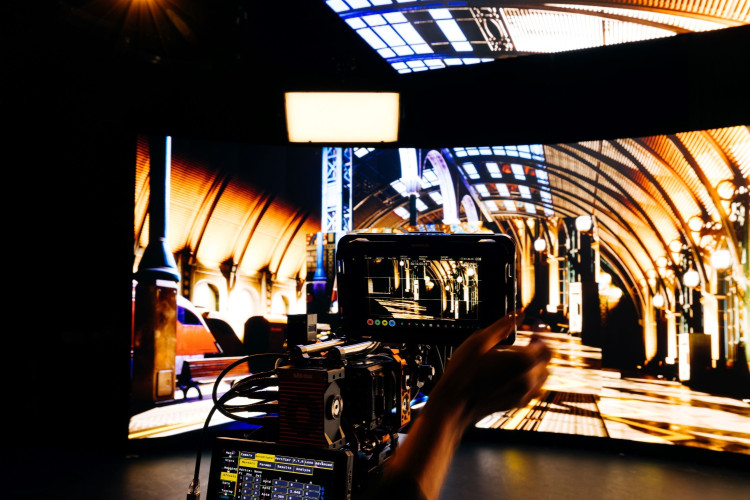by Charlie Watts Issue 85 - January 2014 Since the digital explosion of multiple video formats, students of higher education have often faced the process of ingest or capture with gritted teeth, and the drag and drop culture of speed and the \'quick fix\' has inadvertently created indifference to a vastly important part of the post-production procedure.
Ask anybody who is involved in post-production about off-lining and on-lining, and all would surely agree it to be an essential part of the editing construction process. No matter what tools you are using, transcoding footage down in quality and size is an essential consideration. It can also inspire a useful mindset where the creative process, and perhaps the more technical processes can be split in two allowing for different demands and expectations. The process of offline/online gives the editor quality time to apply metadata to rushes, organise and prepare sub-clips, bins and folders.
But what of learning and education? Some industry ways of working are not that simple to teach, and technical complexities can create a minefield in the classroom, leaving lecturers and support staff right in the thick of it. If The educational sector has a message for the film and video industry, it is that the battle is now more ferocious than anyone expected, and they might require extra supplies in the trenches please.
If you sense panic in that last statement, fear not, we\'re just regrouping and taking temporary cover.
Truth be told, try viewing it from a student perspective and it\'s relatively easy to sympathise with them. If you are new to post-production or facing offline/online for the first time, transcoding might appear surplus to requirements. The benefits are not instantly apparent to students who think source originals are what you edit. Mention to a class full of student editors that they might want to downgrade the footage to take the strain off the computer, and you will get some very puzzled looks followed by the response, why an earth would we want to do that for?\' Anyone hearing the sudden sounds of distance bombing should know a war is coming. The fact of the matter is, why should students care or want to learn this more involved route? The quick fire response is to warn the next video generation against the coming tidal wave that is 4K, because this format will again rely intently on a offline/online workflow.
So, why is it that students of TV and film courses often look bemused or appear horrified when offline and online is covered in the classroom? Why is it that for some in education the term work-flow can be seen as two four-letter words that can seemingly offend, confuse and challenge in ways far beyond the expected?
It is arguable that digital video editing has never been so challenging, yet some manufacturers still seem intent on hiding the complexities. Some software editing packages are very easy to use, but present unpleasant surprises when mastering. Avid on the other hand is a little unforgiving to beginners but forces new editors to learn as they go. Surely it\'s better to be faced with the issues, than have them hidden away? Otherwise where does the learning take place?
Steve Bellinger, information support specialist officer for the University of Portsmouth\'s Creative and Cultural Industries (CCi) Faculty, is another troop in the trenches. Steve presses his face up against a sandbag, loads up another magazine and takes aim...
Whilst I agree with the lecturers that students often struggle with concepts such as offline/online, if the alternative is to ignore and bypass it, you instantly refuse to acknowledge crucial industry ways of working. Offline and online is similar to the tide, it comes and goes, but it always returns. HD and tapeless cameras are tools that you cannot deny to any student studying in a U.K university today, but there are difficult choices to be made in how the kit is taught, in how we face the future of increasing digital formats, and more involved workflows.
So how can this issue be solved? Perhaps one way is to ask students to imagine two hats. Put one hat on with the view to face the process of editing as a technical and computing task, thus inspiring a purely dispassionate approach to rushes and editing. If students can plan and view the preparing and transcoding of required footage as an essential task, without getting too involved in how it will cut together, well, it\'s a step in the right direction. The metaphorical second hat then allows a creative approach due to most of the planning and technical concerns already being dealt with beforehand. If the editing classrooms and labs are a battlefield, one of the casualties has been tape and tape ingest. Steve Bellinger thinks the passing of tape within higher education has perhaps happened a little too fast, and adds, students facing higher fees will obviously demand the best and latest kit, but the irony is that many video professionals are still using tape for all sorts of reasons, and importantly it isnt a dead format yet. By next year our students will not ingest via any tape deck, and this will be a potential loss to their learning
From an educational perspective it is all focused towards students getting the job, and making that connection with an industry that wants trust and understanding. The biggest mistake educators can make is to not teach a difficult process because it might be unpopular. If this is the battle, the victory will come from real learning, and seeing moments of actual learning happen makes it all worthwhile. Any teacher that has witnessed that instance of the penny dropping will tell you of an amazing sight, where they have experienced a moment where understanding suddenly exists, replacing uncertainty or confusion.
So some positive thoughts coming from education, but more industry help and support is always welcome. Students need to hear about the involved ways of working. Working with high resolution rushes via AMA with no desire to transcode on personal laptops is the road to hell.
The battle within the video classroom will no-doubt rage on. Some days result in an advance, and some days have casualties. The crib sheet approach to get students to follow parrot-fashion is not really that useful. Learning happens where there is real engagement. Learning happens in environments that dare to challenge. Learning can be messy, but as long as it is known that neither teacher, support staff or student is going to give up, all will work out fine. If there is a battle, lecturers and support staff at the University of Portsmouth are facing the challenges head-on. To charge at these issues without excellent support staff is suicidal.
So teachers, dig in, and industry, please fly in supplies and give moral. If education looks a little battle weary, dont worry about us, its just a scratch¦.




